Unveiling Washington DC’s Most Dangerous Neighborhoods
Navigating Washington DC’s High Crime Areas
According to OnlyInYourState, in Washington DC safety is a top concern with some areas posing higher risks than others. Moreover, according to NeighborhoodScout.com, DC ranks high in crime rates with 60 incidents per 1,000 residents. This means a one in 17 chance of falling victim to crime. Despite being home to influential figures and pricey living there are still neighborhoods to watch out for. Through data analysis the most dangerous spots emerged highlighting the need for vigilance in certain areas after dark.
READ ALSO: Pros And Cons Of Living In Baltimore: Affordable Charm Amidst Safety Concerns
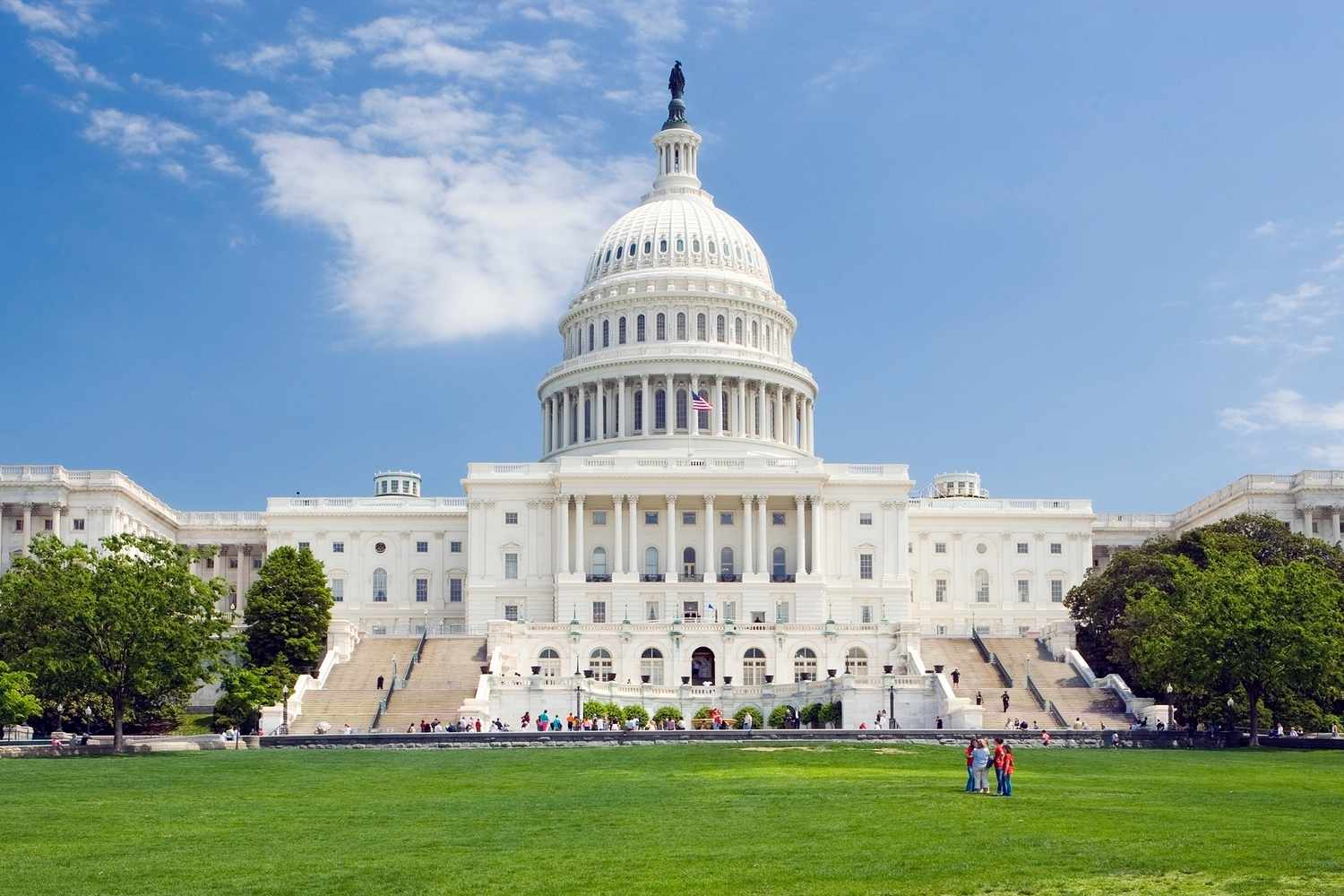
(PHOTO: Travel + Leisure)
Most Dangerous Neighborhoods in Washington DC
Washington Highlands/Bellevue
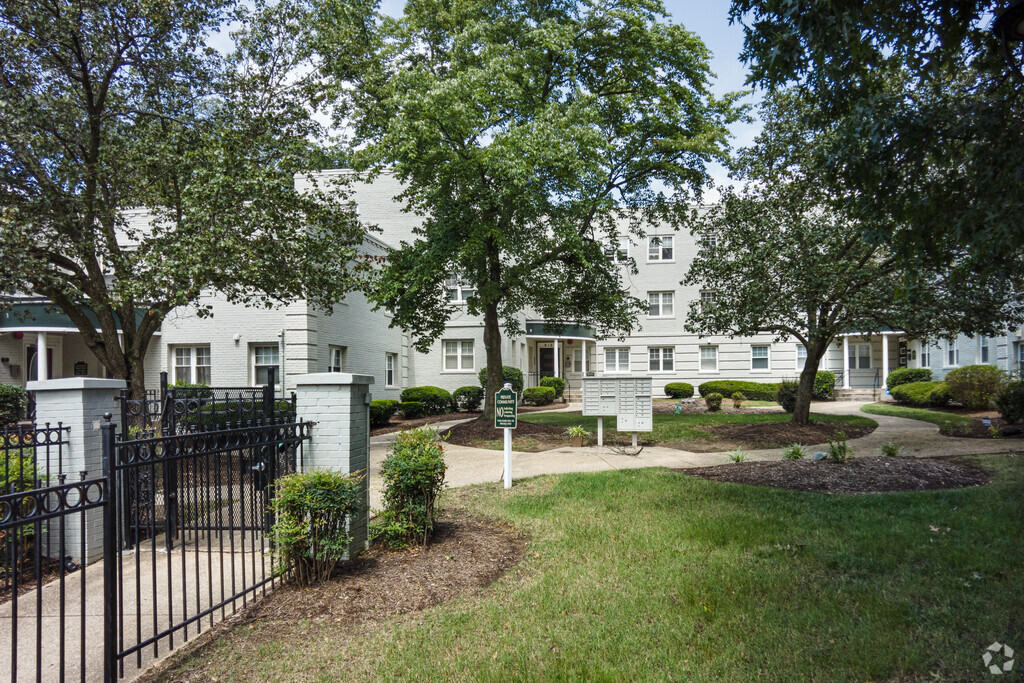
Washington Highlands/Bellevue positioned among DC’s most dangerouslocales garners attention for its inclusion in NeighborhoodScout.com’s “Top 25 Most Dangerous Neighborhoods” list with the Atlantic St SE/4th St SE area ranking at a sobering number 22. This designation underscores the prevalent safety concerns residents face in this district where crime rates persistently hover above the city average. Despite concerted efforts to address these issues the community grapples with the daunting challenge of ensuring the safety and well-being of its inhabitants amidst persistent criminal activities.
NoMA
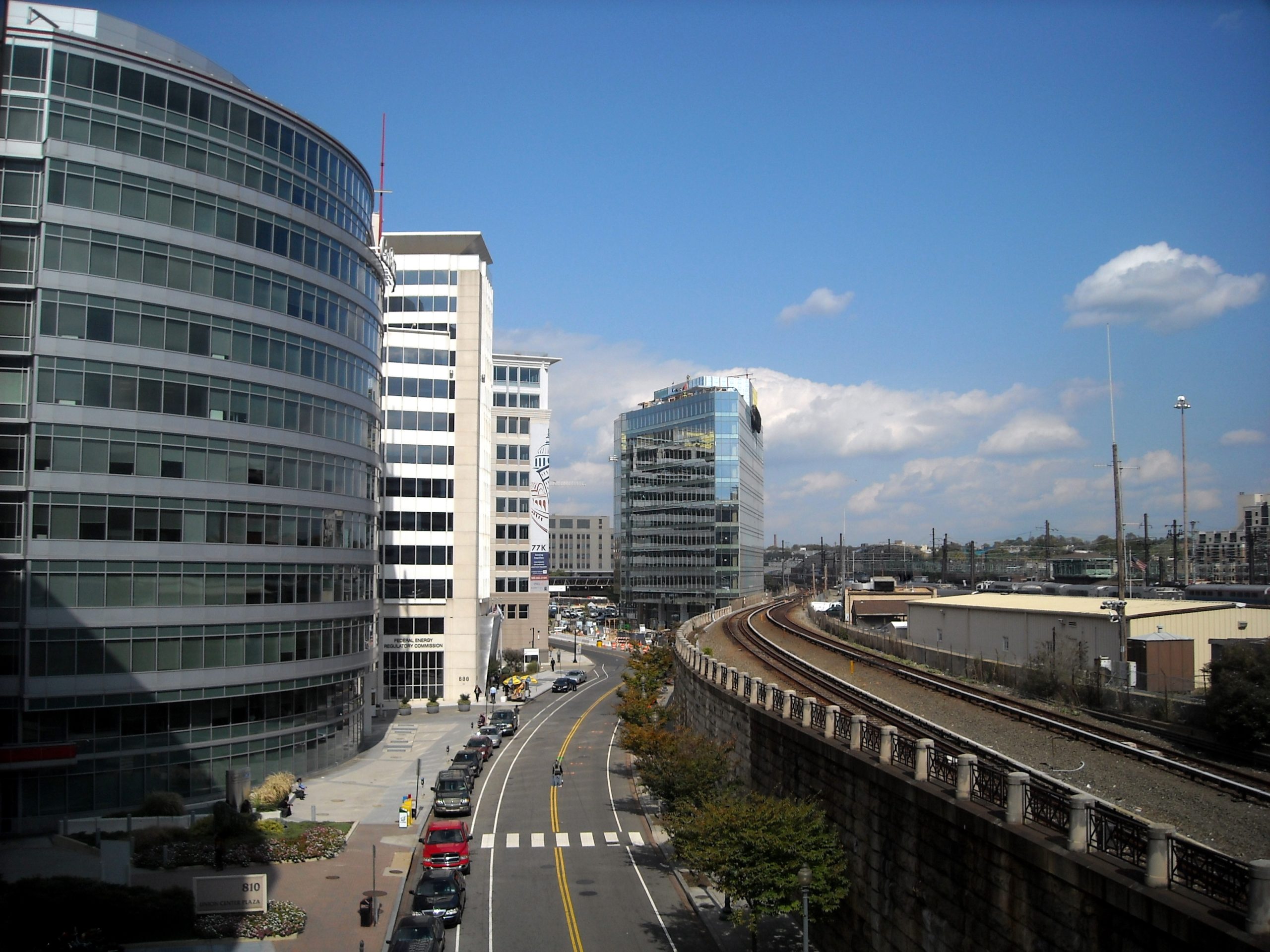
NoMA nestled in the northeast quadrant of DC has placed in one of the most dangerous neighborhoods for its reputation as a high-risk area a fact supported by data revealing an average of 187 violent crime incidents reported annually within its confines as per Chart-It statistics. Despite the palpable safety concerns NoMA remains an intriguing destination drawing visitors with its vibrant culture and annual Oktoberfest celebration.
Columbia Heights/Mount Pleasant and Park View
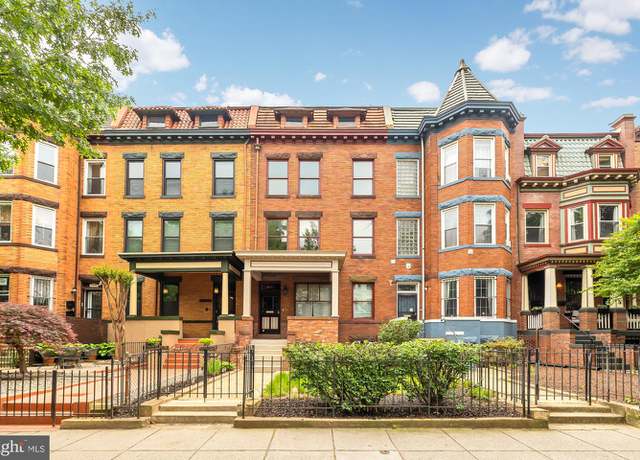
Columbia Heights/Mount Pleasant and Park View emerge as focal points for criminal activities as evidenced by The Washington Post’s report highlighting the prevalence of violent crimes and robberies within this cluster over a sustained period. Despite grappling with its designation as one of DC’s most dangerous areas this district boasts pockets of charm including enchanting parks and a rich historical legacy that adds depth to the community’s identity.
Deanwood Metro Station
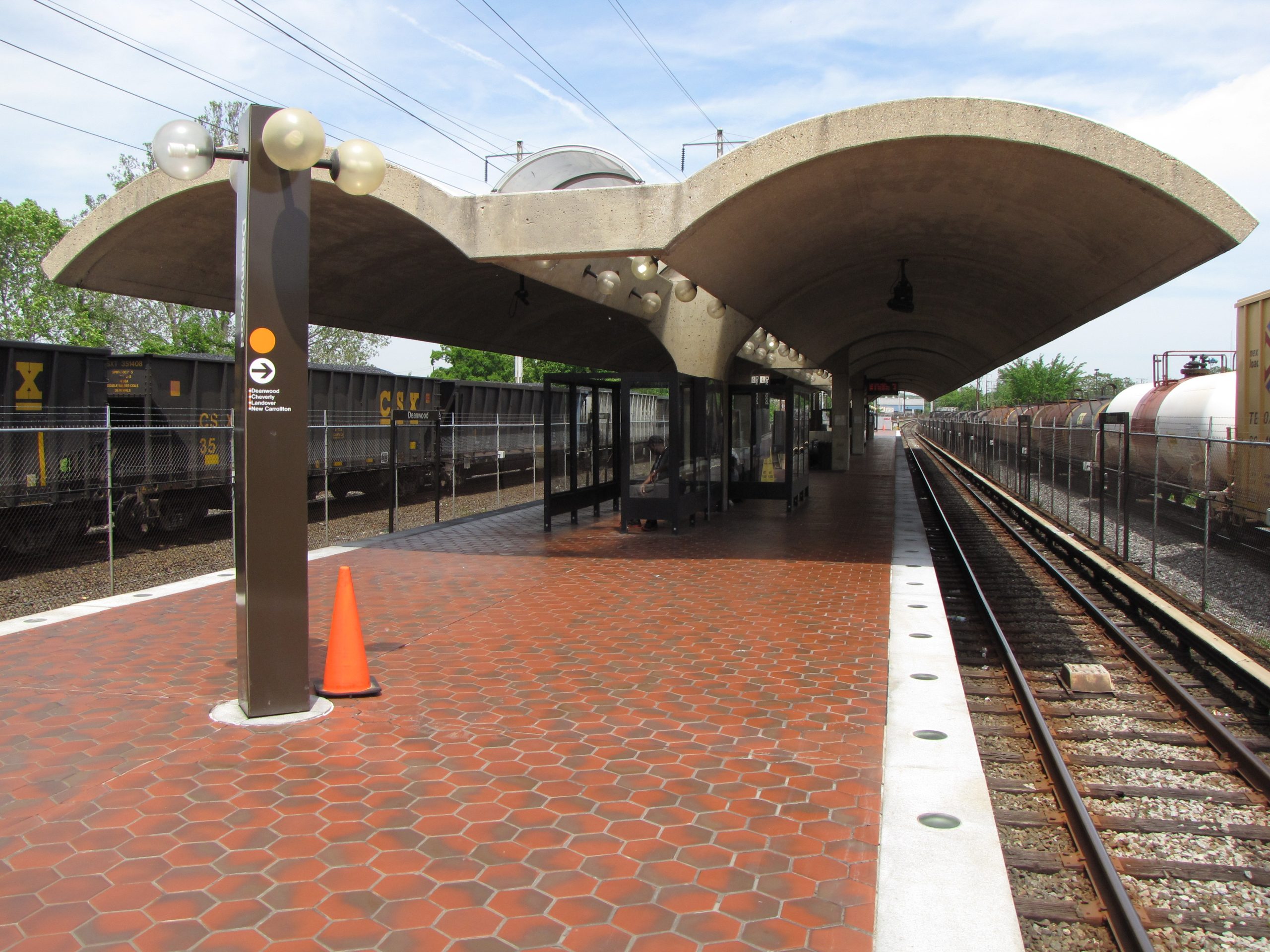
Deanwood Metro Station an important part of DC’s transit system faces ongoing safety issues. By July 2016 three people had already been killed there. This troubling pattern shows the urgent need for better security measures and community efforts to create a safer place for both commuters and residents.
Brentwood
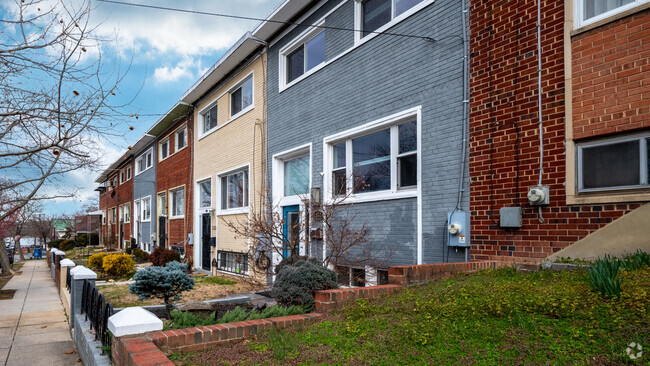
Brentwood situated on the northeast periphery of DC is characterized by its reputation for gritty violence and the unsettling prevalence of daylight shootings. AreaVibes.com’s data further underscores the severity of the situation with an overall crime rate soaring 179% higher than the national average. These stark statistics underscore the pressing need for comprehensive interventions to address the root causes of crime and restore a sense of safety and security to the community.
Ivy City, Trinidad, Carver Langston
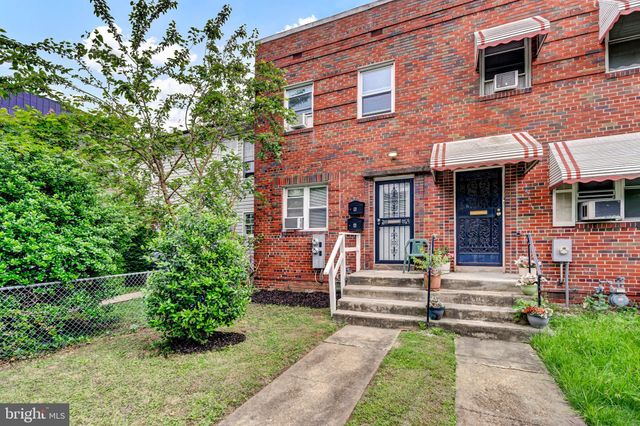
Ivy City, Trinidad, Carver Langston, clustered within Southeast DC grapple with the complex interplay of ongoing gentrification efforts and persistent violence as reflected in the staggering rate of 23 violent crimes per 1,000 residents surpassing the citywide average. Despite signs of revitalization these neighborhoods remain entrenched in a struggle against crime necessitating multifaceted approaches to mitigate risks and foster community resilience.
Historic Anacostia
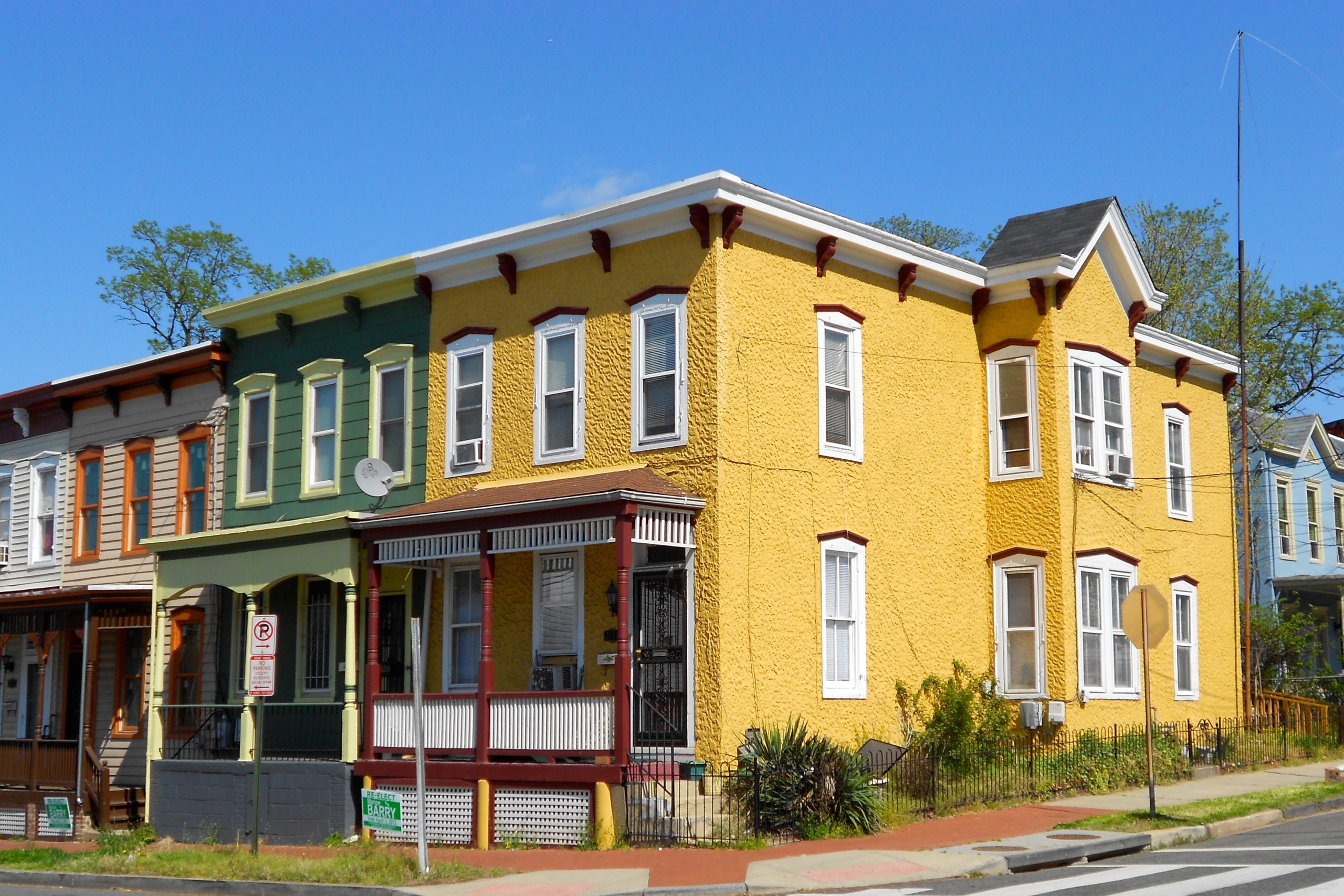
Historic Anacostia despite concerted efforts to rejuvenate its urban landscape continues to contend with alarmingly high crime rates surpassing the national average by 223%, according to AreaVibes.com. Nevertheless the neighborhood boasts a compelling draw in the form of the picturesque Anacostia Riverwalk Trail offering respite amidst the challenges. As stakeholders continue to collaborate on revitalization initiatives addressing the underlying socio-economic factors contributing to crime remains paramount in forging a safer and more vibrant future for Historic Anacostia.
READ ALSO: St. Louis Crisis: Can The City Turn The Tide On Crime And Violence?




![Tyson Foods Plant [Photo: Food Manufacturing]](https://southarkansassun.com/wp-content/uploads/2023/08/iStock_1185520857__1_.5e441daa51cca-600x337.jpg)







![Silverado Senior Living Management Inc. [Photo: Los Angeles Times]](https://southarkansassun.com/wp-content/uploads/2023/10/download-6-4-600x337.jpg)

![China's Wuhan Institute of Virology [Photo: Nature]](https://southarkansassun.com/wp-content/uploads/2023/09/d41586-021-01529-3_19239608-600x337.jpg)
















